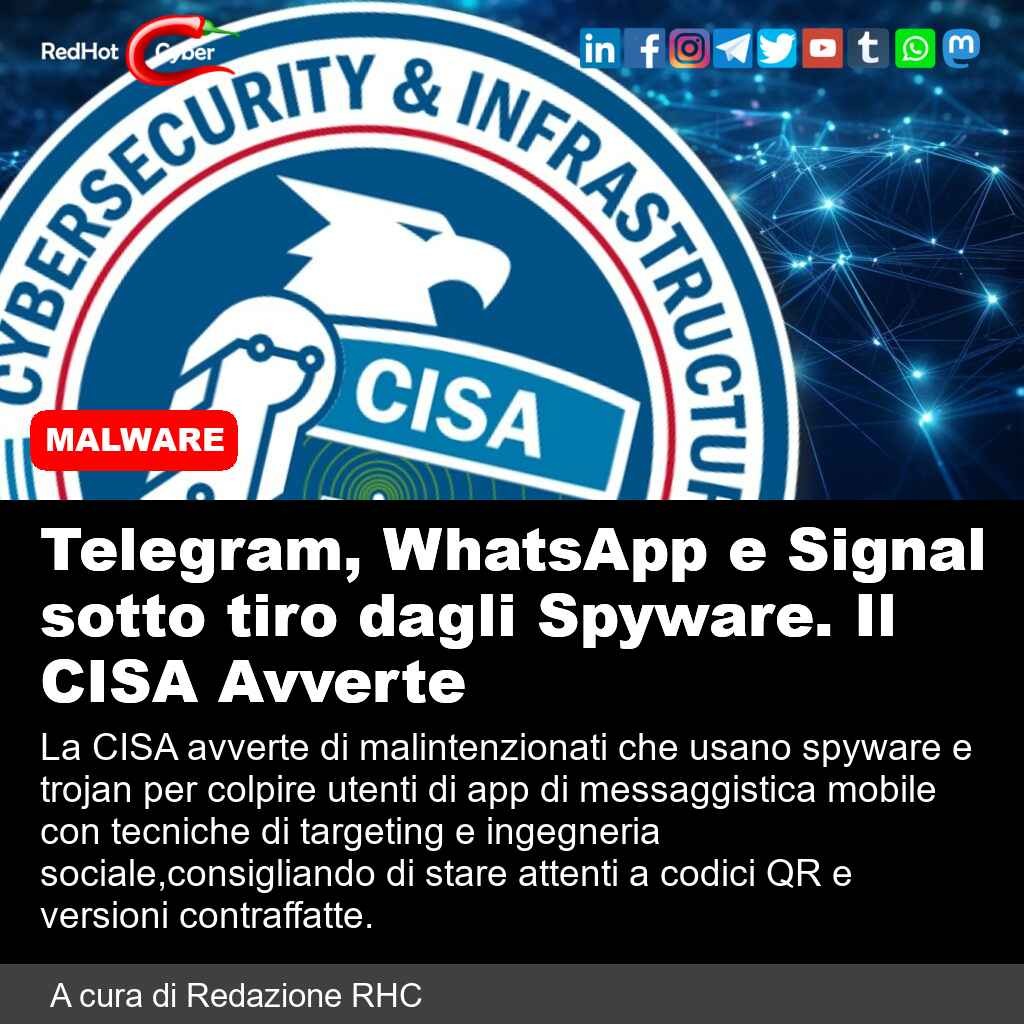Collins Aerospace: la voce di Everest su una tempesta perfetta.
Uncategorized
1
Posts
1
Posters
7
Views
-
Collins Aerospace: la voce di Everest su una tempesta perfetta. Ricostruiamo i fatti
#CyberSecurity
https://insicurezzadigitale.com/collins-aerospace-la-voce-di-everest-su-una-tempesta-perfetta-ricostruiamo-i-fatti/ -
 undefined cybersecurity@poliverso.org shared this topic on
undefined cybersecurity@poliverso.org shared this topic on




